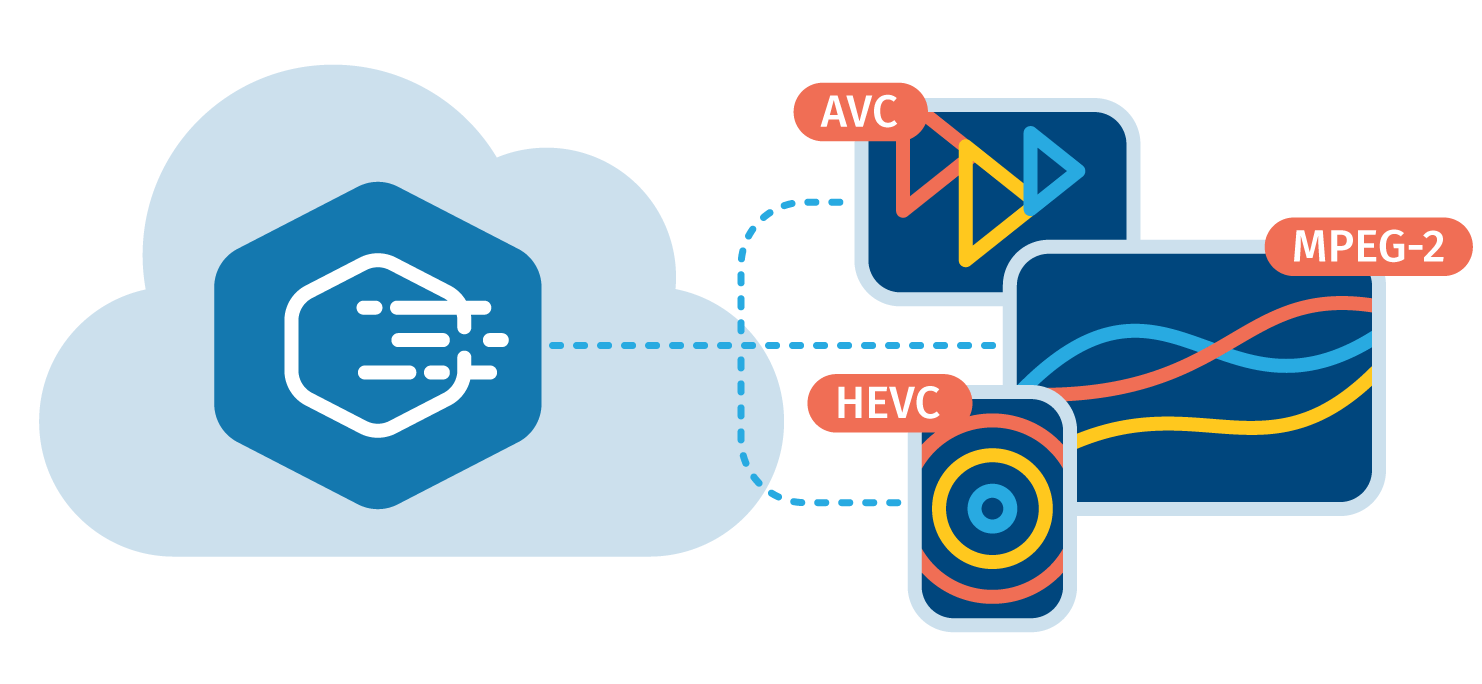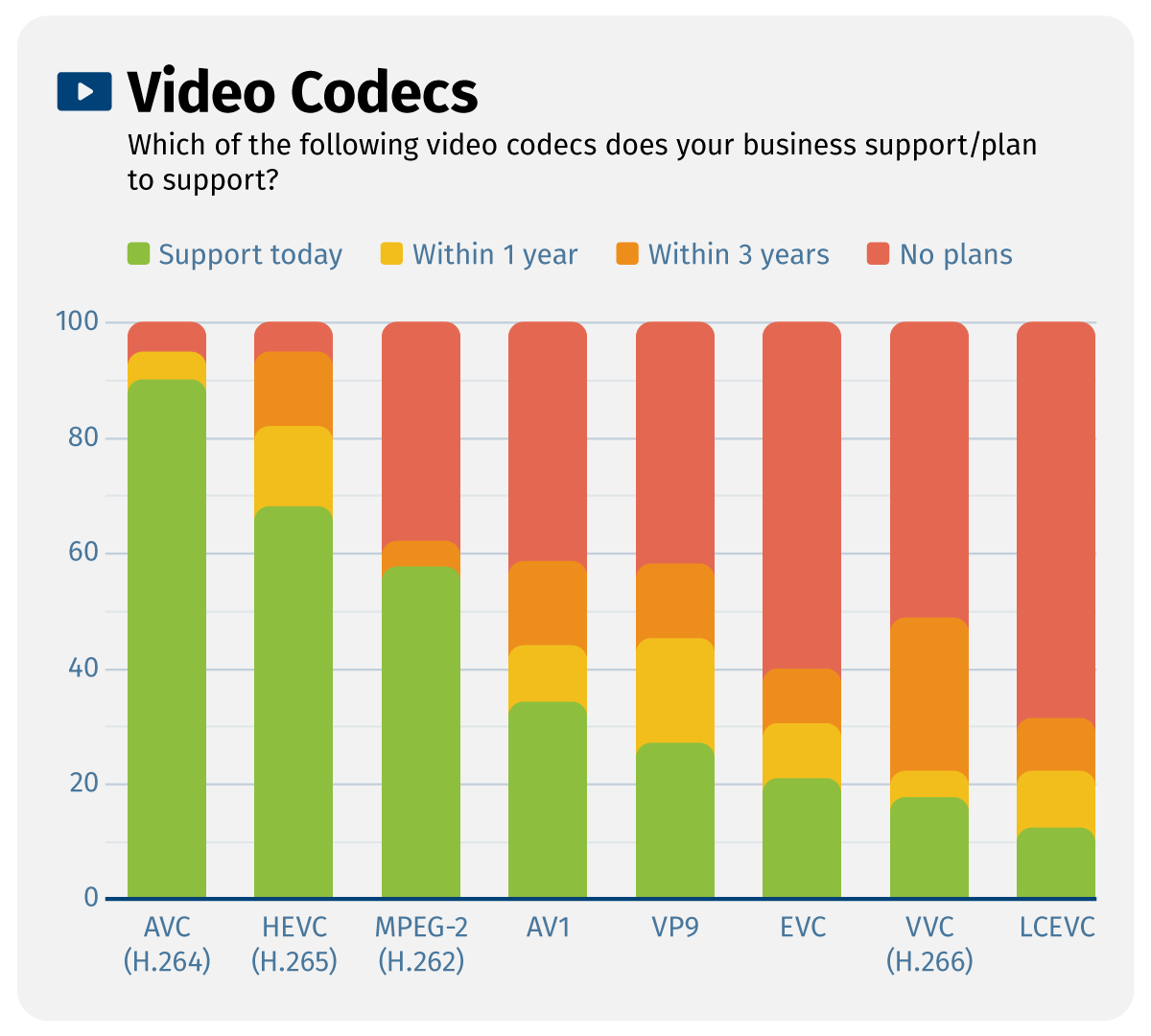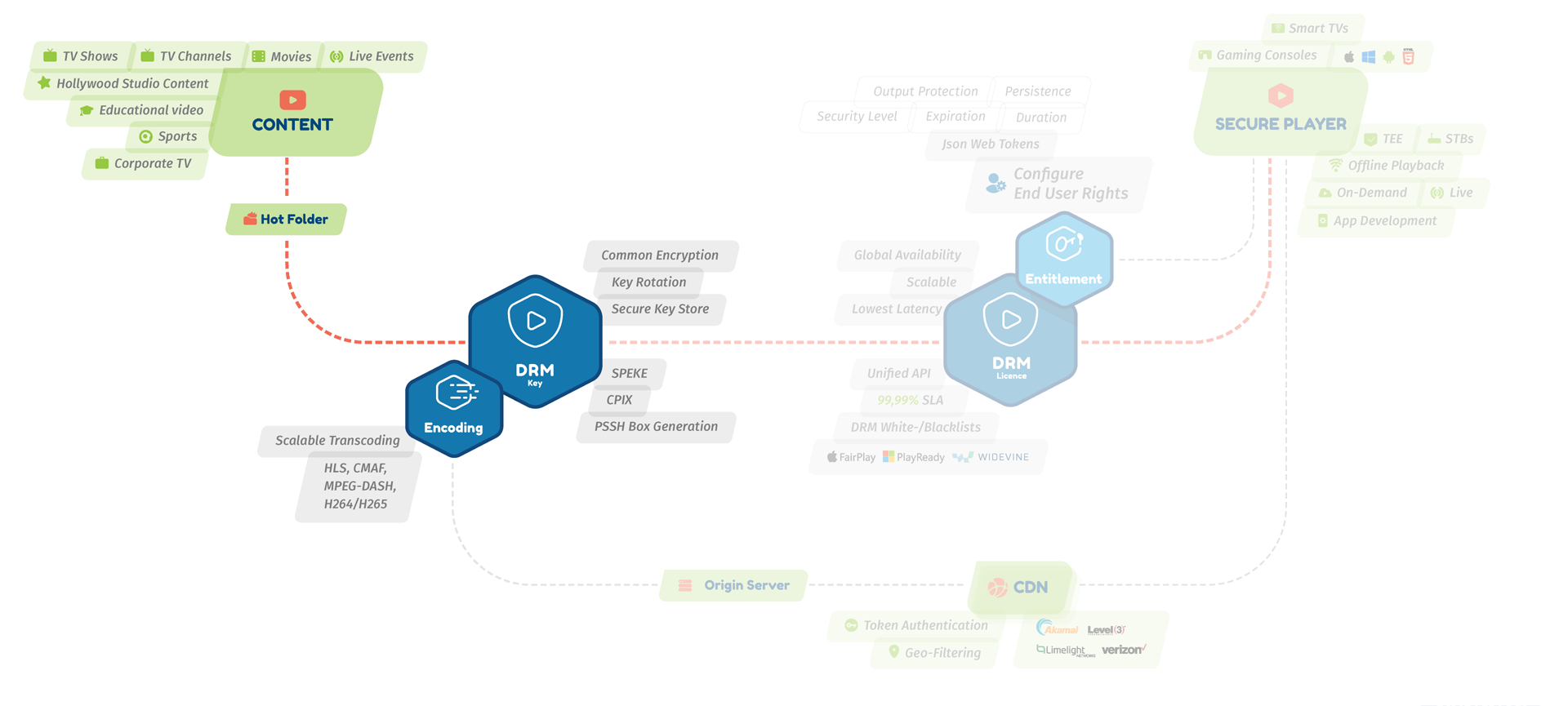

Cloud-Based Video Encoding for Multiscreen Distribution
Unraveling the Complexities of High-Quality Video Processing
If you switch between devices to watch your favorite OTT series, video channel, or movie, then you are not alone. In fact, 71% of US viewers state that on an average day, they stream on at least two devices according to Penthera’s annual U.S. Streaming Video Report. Pausing your video at one point on the phone and then resuming it from the same place on TV might seem typical. But it’s critical to maintain a consistent experience regardless of the device from a provider’s perspective.
Optimizing for the best viewing experience across devices is dependent on multiple variables, the primary variable being the encoding format, as compatibility differs across devices and use-cases. An encoding solution plays a major role in getting videos ready for multiscreen streaming. It does so by transcoding and packaging videos into adaptive streaming formats to ensure compatibility and consistency of experience across devices and platforms. The adoption of a cloud-based video encoding approach is on the rise due to the simplicity, efficiency, and flexibility it brings. Furthermore, the video industry is a constantly evolving space, with new formats and technologies being introduced every so often.
Let’s look at the considerations for multiscreen video distribution and what an ideal cloud-based encoding solution offers.
Multiple Codecs
An encoding service compresses your videos for streaming using compression technology known as codecs. These codecs use a technique called lossy compression that discards any unnecessary data to create a smaller file size. Each codec consists of two elements, an encoder for shrinking the video for delivery and a decoder that rebuilds the video for playback. However, a balance needs to be struck during video compression as too much can result in lower video quality, whereas lower compression can bring up the dreaded buffering. This dilemma brought about multiple codecs serving different use cases. The most popular video codecs include:
-
H.264 (AVC)
-
H.265 (HEVC)
-
H.266 (VVC)
-
AV1
-
VP9
H.264 is the most popular video codec out of the bunch and is compatible with virtually any device or platform in the market. However, H264 is best suited for low-latency streaming and doesn’t perform well with 4K or high dynamic range (HDR) content. H.265 came about as a solution for high-resolution videos and live streaming by improving compression efficiency. Despite that, H.265 isn’t as widely adopted as its predecessor due to uncertainties surrounding licensing fees; although, it does have a strong reach on most Smart TVs. H.266 was launched in 2020 and is also known as Versatile Video Coding (VVC) for the versatility it promises in serving video qualities of all types. However, H.266 is yet to be adopted within the industry. AV1 was introduced by the Alliance for Open Media (AOM) to be open-source and is regarded by many as the best free video codec available at present. AV1 is yet to be widely supported and is known to take a longer encoding time, which translates to increased encoding costs. VP9 is another open-source codec developed by Google, with performance that is comparable with H.265. It is well suited for 4K streaming and is widely compatible across many browsers and devices.
Axinom’s State of Content Protection Technology Report revealed that 91% of media businesses surveyed supported H.264 (AVC).

The audio stream of a video uses its own compression codecs, with AAC (Advanced Audio Coding) being the most popular. After your video is encoded, it is packaged into a video container that carries the video codec, audio codec, and related metadata such as subtitles, closed captioning, thumbnails, etc. The video container determines the compatibility of the video stream with devices. The most commonly used container formats in adaptive streaming cases, which we look at next, are based on the ISO Base Media File Format (ISOBMFF), also referred to as fragmented mp4.
Adaptive Bitrate Streaming
Viewers can have access to varying bandwidth capabilities, and the video stream has to be optimized for each case. This is where adaptive bitrate (ABR) streaming comes in. Through an ABR approach, you deliver the best possible video quality that an internet connection permits without disrupting the video stream. This is achieved by encoding your video files in multiple renditions of different bitrates, resolutions, and compression rates. Your video stream can thereby switch between different video qualities depending on the device and available bandwidth. As viewers are prepared to bear with a drop in video quality for a consistent stream, ABR is a vital encoding technology. The two widely used ABR streaming formats are Apple’s HLS (HTTP Live Streaming) and the open-source format MPEG-DASH (Dynamic Adaptive Streaming over HTTP). The fragmentation in streaming formats meant that providers targeting a larger audience had to encode and store the same video file in multiple copies. The emergence of the CMAF (or Common Media Application Format) specification came about to solve this challenge by defining a single approach for encoding, packaging, and storing video content.
Digital Rights Management
Protecting your video content from unauthorized viewing and distribution is another critical step in the video supply chain. This is accomplished by using a digital rights management (DRM) service. When using DRM technology, the video is encrypted by the encoding service using encryption keys provided by a DRM service. At the point of playback, the DRM service will issue a license to the media player to decrypt the video.
A Cloud-Based Encoding Solution
Axinom Encoding is a highly scalable service for preparing video content to reach a wider audience. It achieves this by encoding and packaging video content into widely used codecs and adaptive streaming formats (HLS and MPEG-DASH) as well as the CMAF specification. It is a fully managed cloud service designed for high efficiency with a pay-as-you-consume approach. Axinom Encoding frees you from the worries of managing your own video processing infrastructure, letting you focus on creating compelling video streaming experiences.

Some of the stand out features of Axinom Encoding include
Easy to get started
Axinom Encoding does not require any effort from your end in setting up, managing, or maintaining the video processing infrastructure. It can easily integrate with your backend systems through a fully documented and developer-friendly Web API. Get started by simply creating an encoding job, specifying the location of the source video file and the processing settings you require.
Leveraging the cloud
As a cloud-based offering, Axinom Encoding is highly scalable and operationally efficient, with the ability to encode hundreds of videos in parallel. It automatically scales up resources based on your needs and guarantees maximum availability. It is regularly updated to bring in new features and technologies.
Cost-effective
Axinom Encoding is a SaaS offering where you only pay for what you consume. This usage-based approach is perfect for any business size. The service grows with you without significant upfront costs. Moreover, we do not stipulate any minimum transcoding volumes or monthly commitments.
Multi-DRM protection
Axinom Encoding is natively integrated with Axinom DRM to support multiple DRM technologies (Google Widevine, Apple FairPlay, and Microsoft PlayReady). It offers the best protection by enabling separate encryption keys for each video quality level and audio track. Combined with Axinom DRM, Axinom Encoding is MPAA compliant, making it faster for you to receive approval from premium content owners.
End-to-end workflows
Axinom Encoding is one of the many products that are natively integrated into Axinom Mosaic. The platform offers a complete set of tools for building your video business with end-to-end solutions for building a video platform, content management, monetization, and protection.








